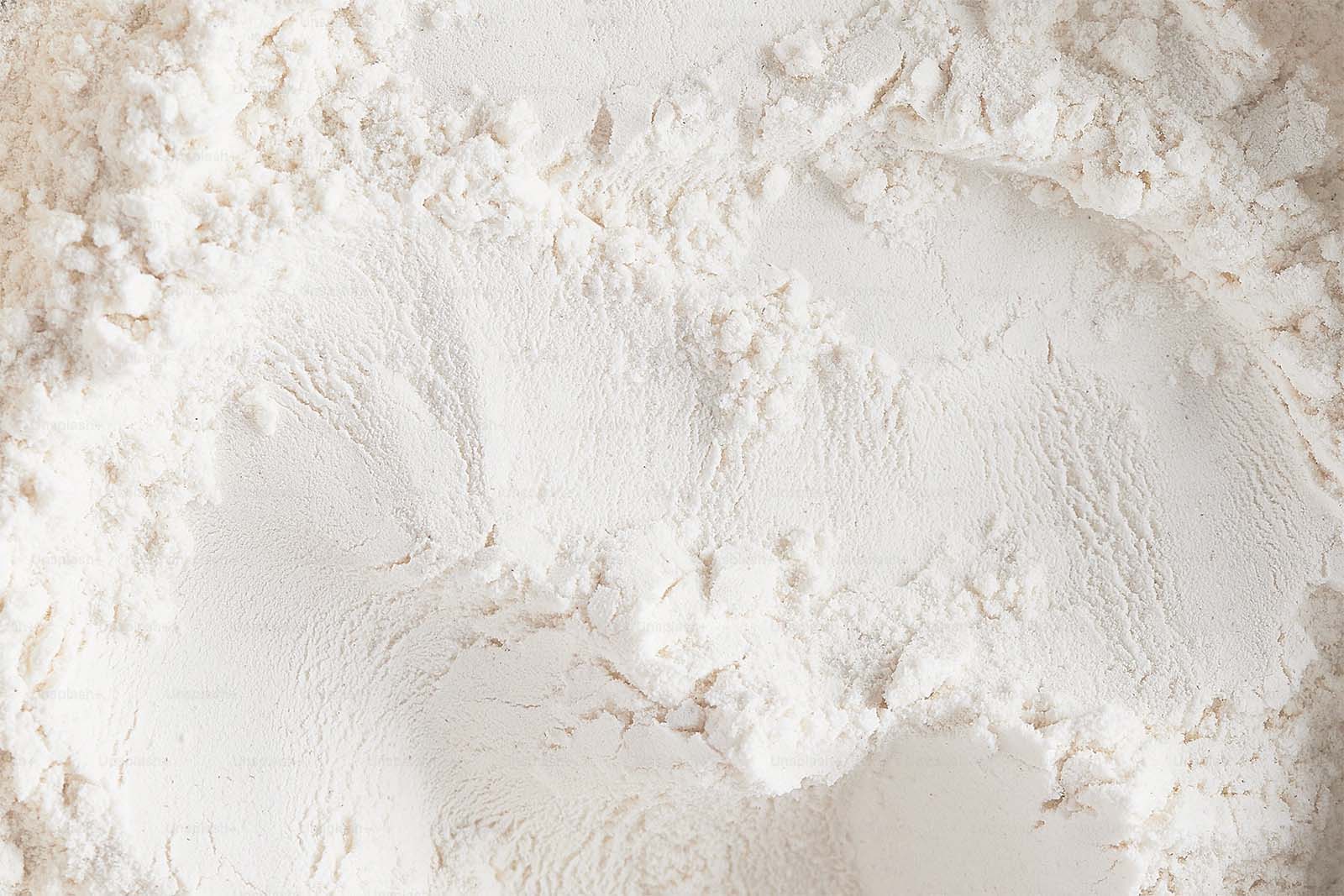Star Anise Chicken Sous Vide
Star anise, orange, ginger, sake, and soy come together to elevate chicken into something outstanding.
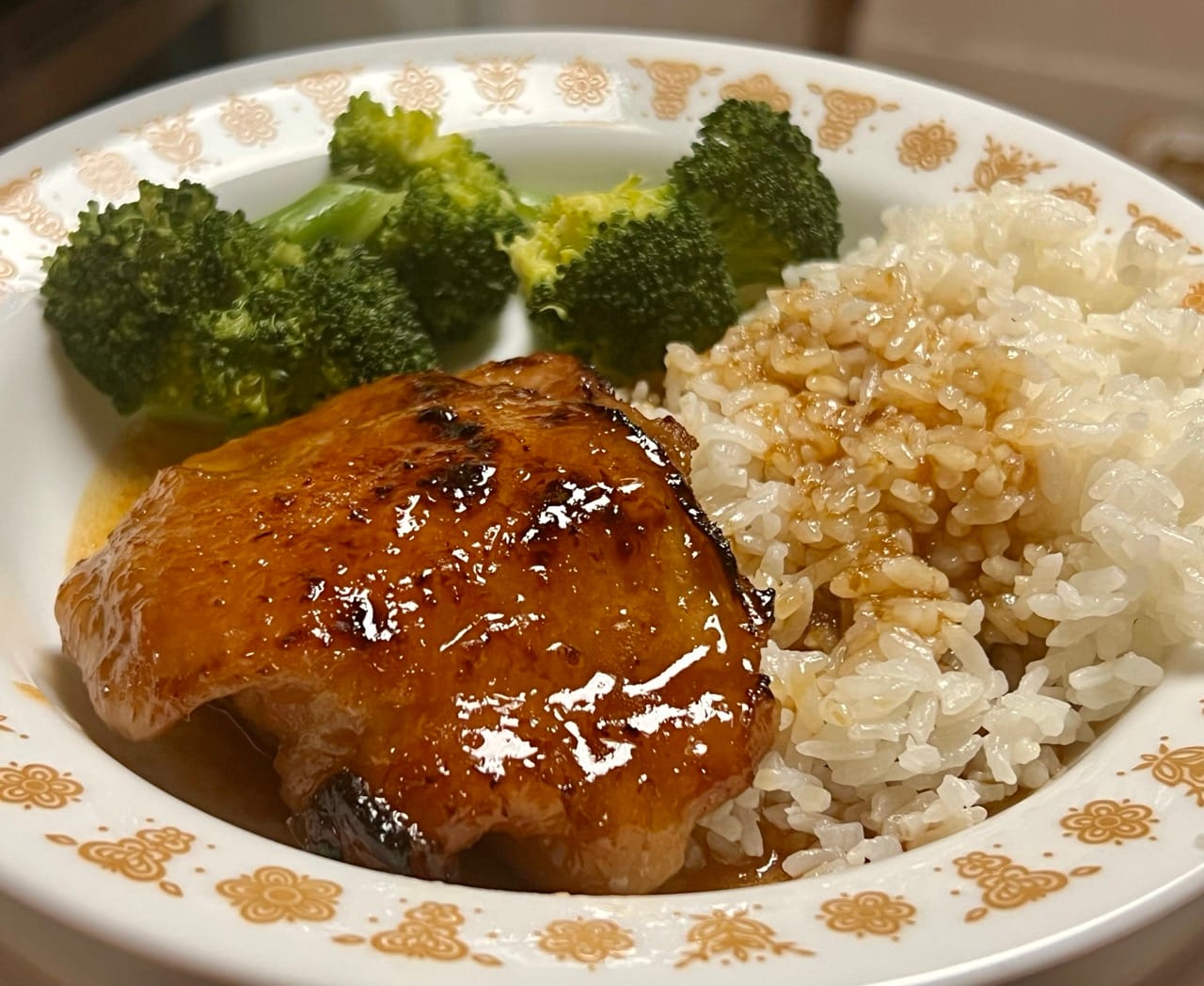
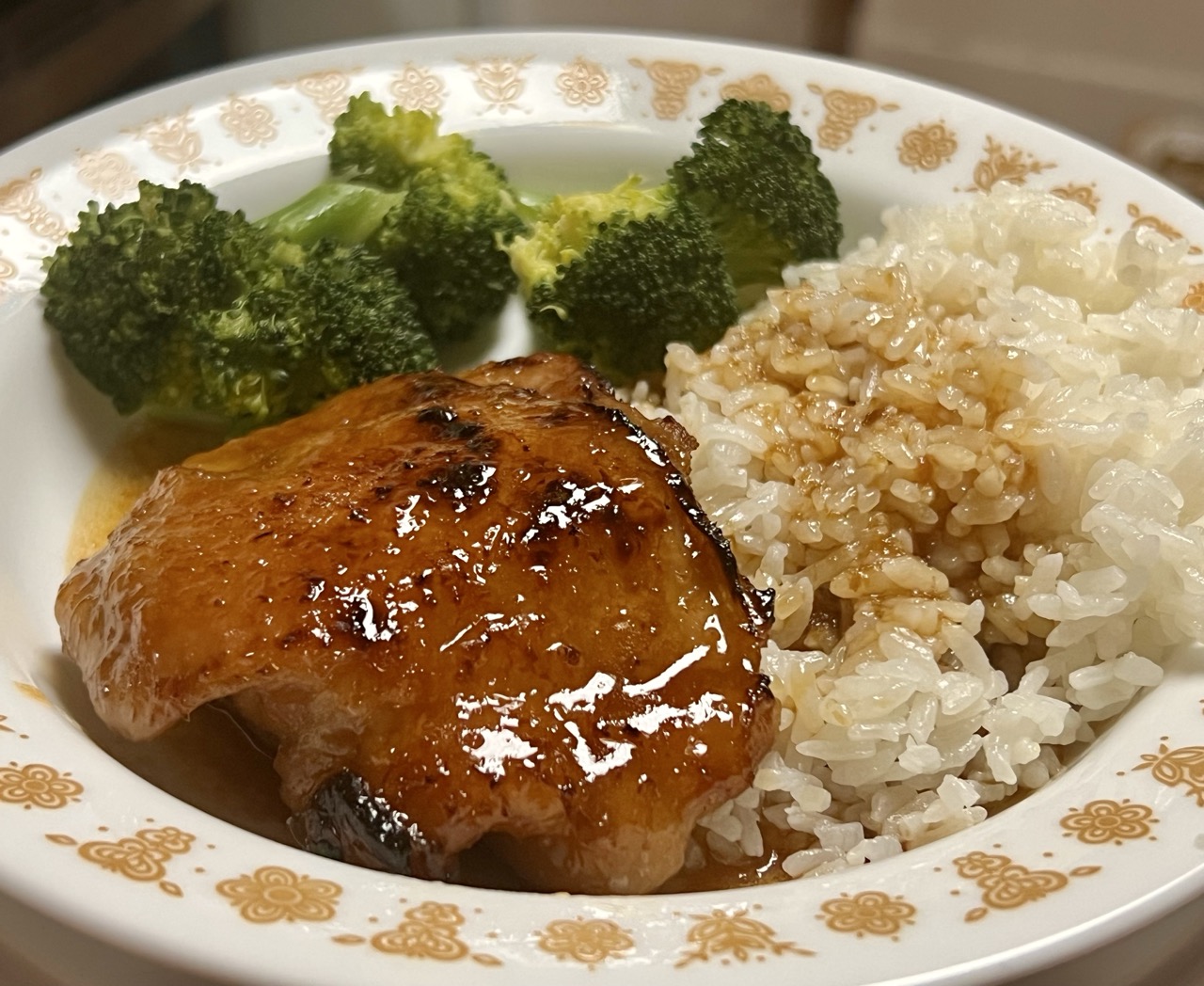
The combination of flavors in this recipe makes it a stellar standout among chicken dishes. The star anise is what gets top billing, of course, but it's paired with other bold flavors: orange, ginger, sake, soy, and caramelized sugar. The result is something transcendent—complex and irresistable.
The original version of this recipe comes from the cookbook Tom Douglas' Seattle Kitchen. It's out of print now, and at 25 years old it is a bit dated, but it's still a favorite cookbook of mine.
The recipe I'm sharing here is based on his Star Anise Game Hens.1 I've adapted it in two ways. The first is that I've switched from Cornish game hens to chicken thighs. I've made it with game hens before, but they are an expensive pain in the butt, which frankly gives them an unearned aura of specialness. (This realization slightly bruises the tender feelings of 12-year-old me, who thought Cornish game hens were the height of sophistication.) I don't think they're worth it, so I switched to using bone-in chicken thighs instead.
The other adaptation is a bigger change: I cook it sous vide, while the original recipe is an oven roast. I think this might be the first time I'm mentioning sous vide on this site, which is kinda funny because I use my sous vide a lot. The benefits of sous vide could be a whole post on its own, but in short, I like it here because the chicken cooks perfectly and evenly, and the method is cleaner and easier. It does take special equipment, though,2 so I've also included instructions for using an oven, instead.
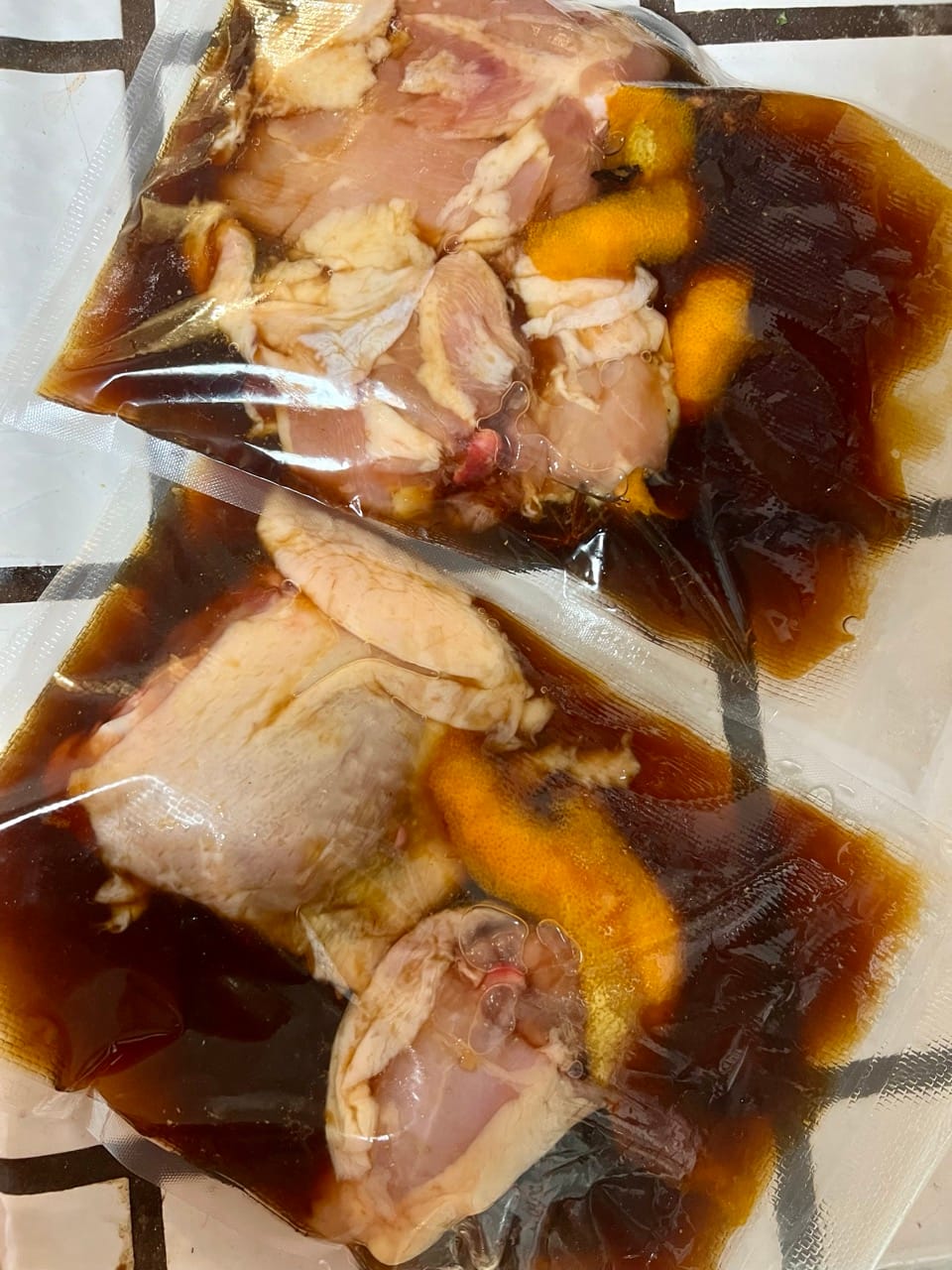
I serve the chicken with short-grain rice that has been cooked with aromatics in the pot, usually some ginger, orange peel, star anise, and crushed lemongrass. The end result is a chicken meal that feels like a special occasion. (If you want to be fancy, you can use Cornish game hens, I won't judge.)
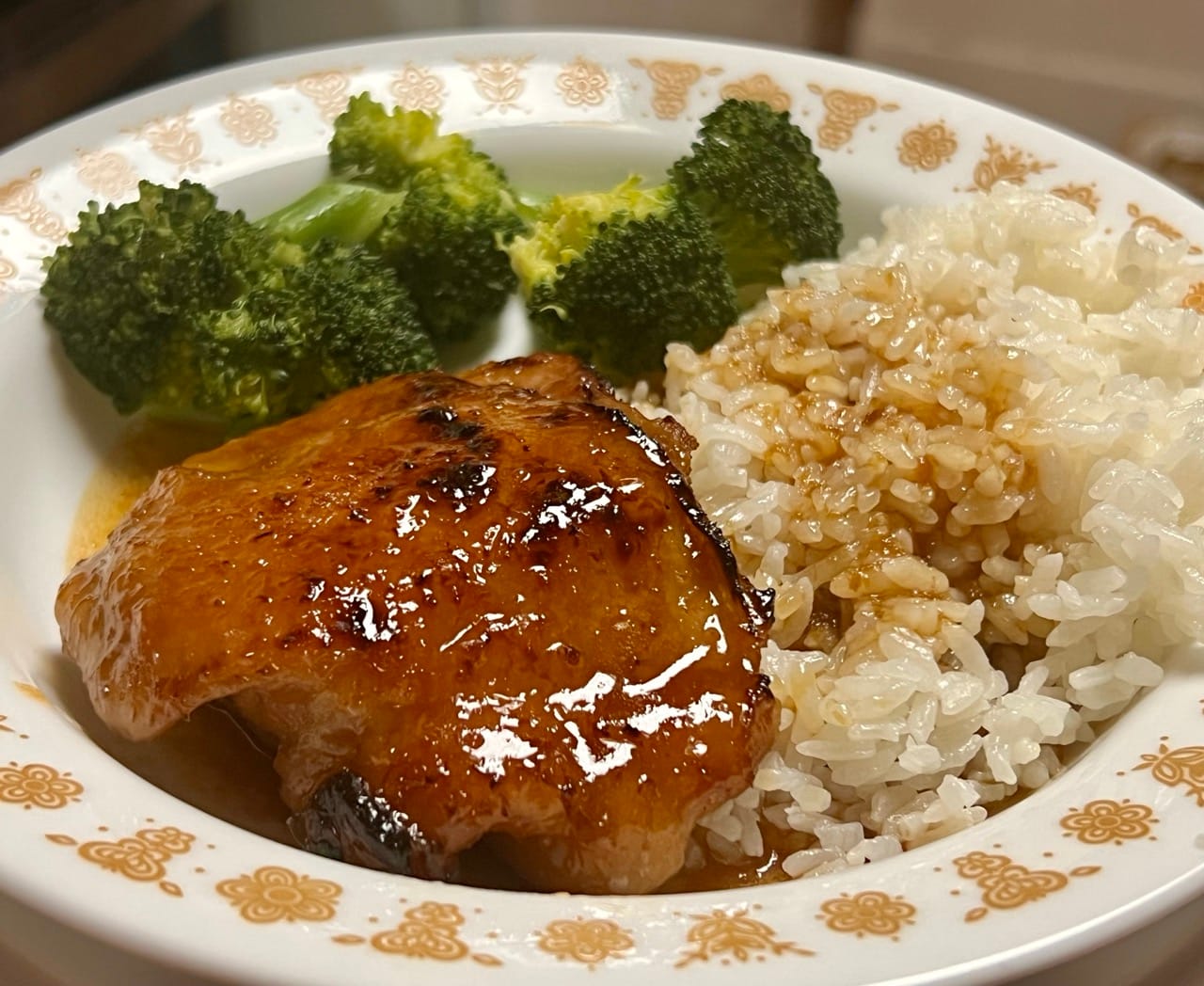
Star Anise Chicken
Star anise, orange, ginger, sake, and soy come together to elevate chicken into something outstanding.
Print the recipeIngredients
- 4-6 bone-in, skin-on chicken thighs
- 150g sugar
- ¼ cup water
- 1 cup sake or white wine
- zest from one orange, in wide strips
- 3 star anise, broken apart
- 3 inches of ginger, peeled and minced
- ⅓ cup soy sauce
- ¼ cup fish sauce
- ⅓ cup honey
- ⅓ cup vegetable oil
Instructions
- In a small sauce pot over medium-low heat, dissolve sugar into water. Raise the heat to high and leave undisturbed until it caramelizes to golden brown, 5-8 minutes. Remove from heat and add the sake. Be careful! The mixture will sputter. When it settles, return to medium-low heat and melt any hardened caramel.
- Pour the caramel syrup into a medium, heat-proof mixing bowl. Stir in the zest, star anise, ginger, soy sauce, and fish sauce. Whisk in the honey and oil.
- Put the chicken thighs into a large vacuum seal bag, making sure they’ll fit in a single layer (you may need two bags). Pour the marinade into the bag, carefully vacuum out as much as as you can, and seal. Put the sealed bag in the fridge overnight.
- Sous vide the marinated thighs in the bag(s) at 175° for at least 1 hour 15 minutes, and up to 4 hours.
- Line a baking sheet with non-stick aluminum foil. Reduce the sous vide temperature to 135°. Open the bag and carefully remove the thighs, placing them temporarily on the baking sheet. Pour all of the marinade into a medium sauce pan. Remove the orange and star anise from the marinade with a slotted spoon. Put the thighs back into the bag, and put the bag back in the sous vide to keep warm. Make sure the bag opening isn’t near the water.
- Boil the marinade on medium-high heat for about 10 minutes, until reduced by a third or more, watching carefully to prevent it from boiling over.
- Move the oven rack to the top position and turn the broiler to high. Put the chicken thighs on the baking sheet. Coat the top of each thigh with thickened marinade. Broil for a couple of minutes to caramelize the glaze. Watch carefully.
- Serve thighs with short grain rice. Use the remaining marinade as a sauce.
Notes
- No need to grate the ginger, just cut it up as best you can. It might even work just matchsticked. If you have a ton of grated ginger because you've tried the awesome trick to easy grated ginger, then you'll want about 2-3 tbsp of grated ginger, depending on how gingery you want it.
- If you don't have a sous vide and want to use the oven instead:
- Set aside 1 cup of the marinade before it comes in contact with the chicken, and store it in the fridge. (Unlike the sous vide method, which pasteurizes and then further boils the marinade, with the oven method the marinade has to be handled differently for food safety.)
- Pour the rest of the marinade over the chicken thighs, turn them to coat completely. Cover the dish and refrigerate overnight.
- Preheat the oven to 375°.
- Line a baking sheet with aluminum foil, and place the thighs skin side up.
- Set aside ½ of the reserved marinade to serve with the finished thighs. The other ½ will be used for basting.
- Roast the chicken thighs until their internal temperature reaches 175°, about 35 minutes. Baste the thighs occasionally with the basting marinade.
- Finish with broiling as above.
- Serve with the marinade that was reserved for sauce.


